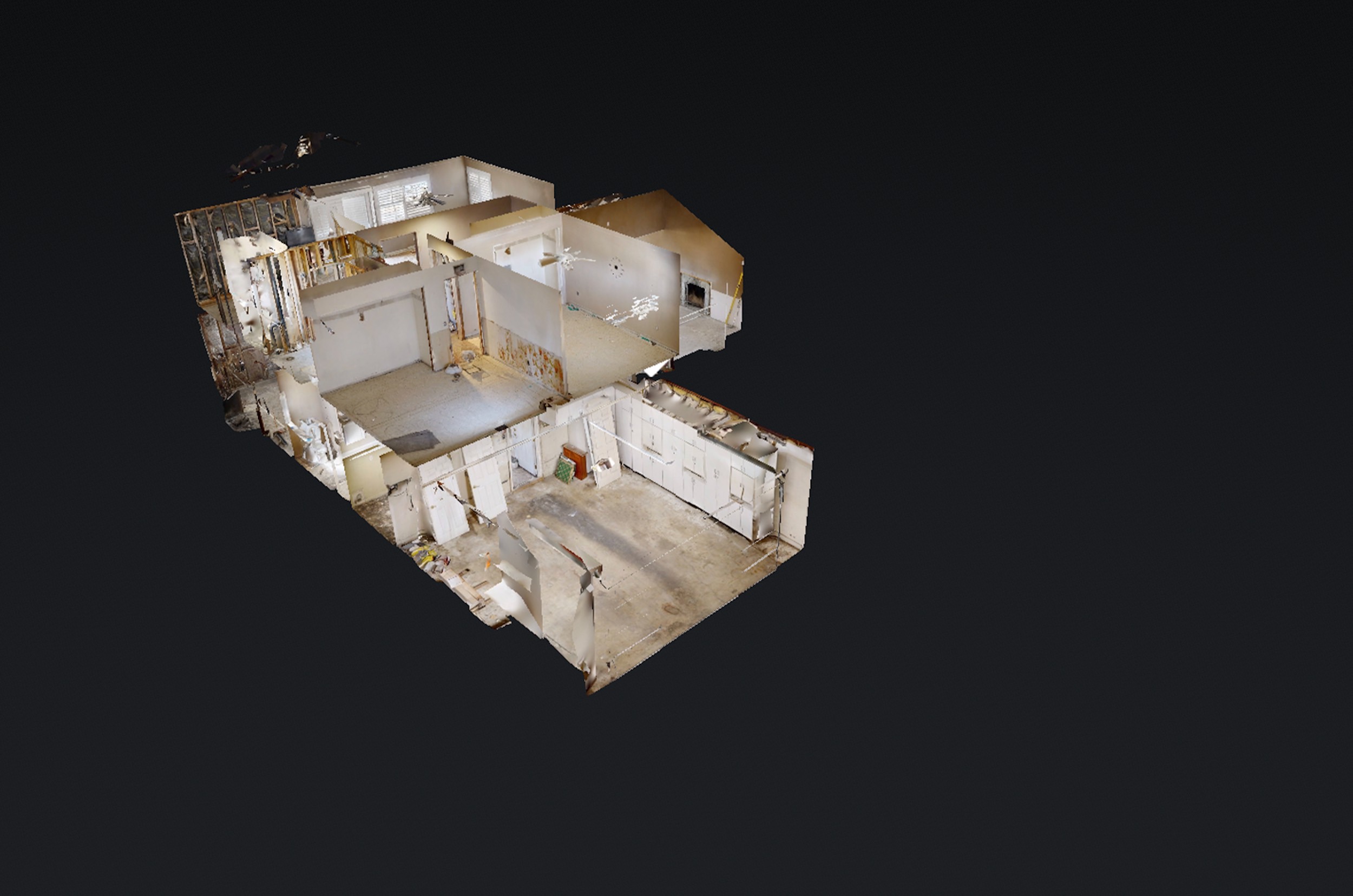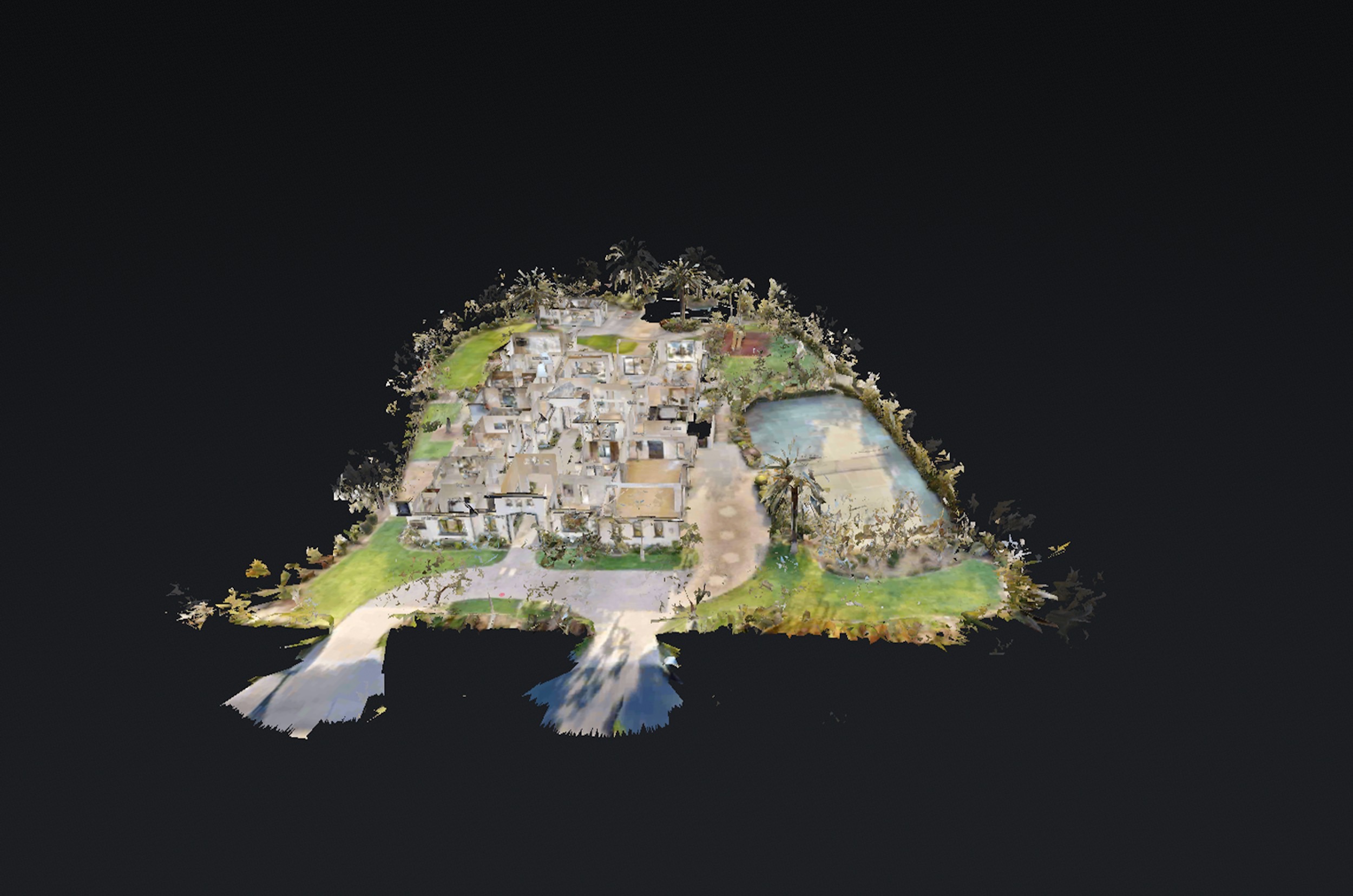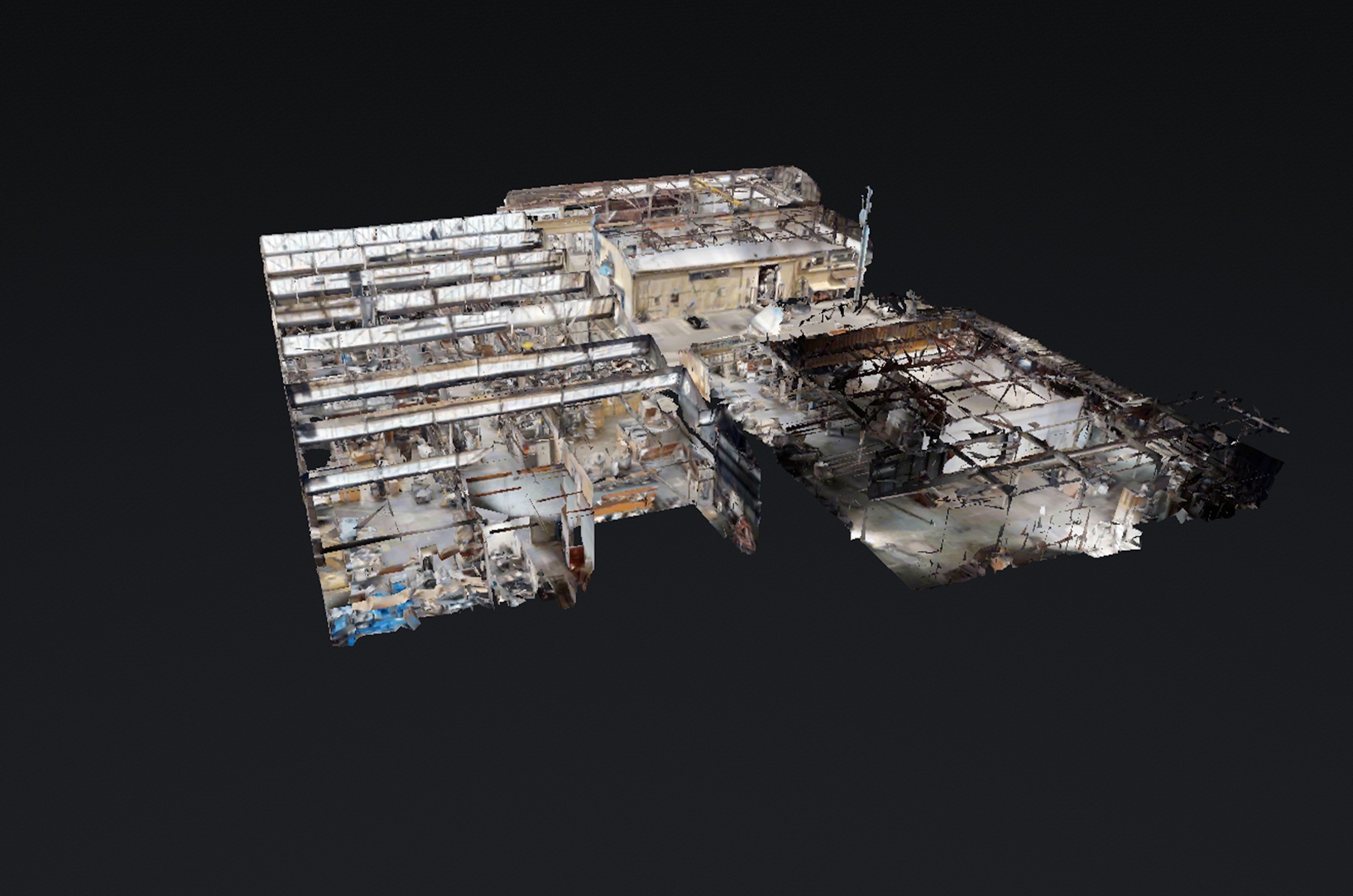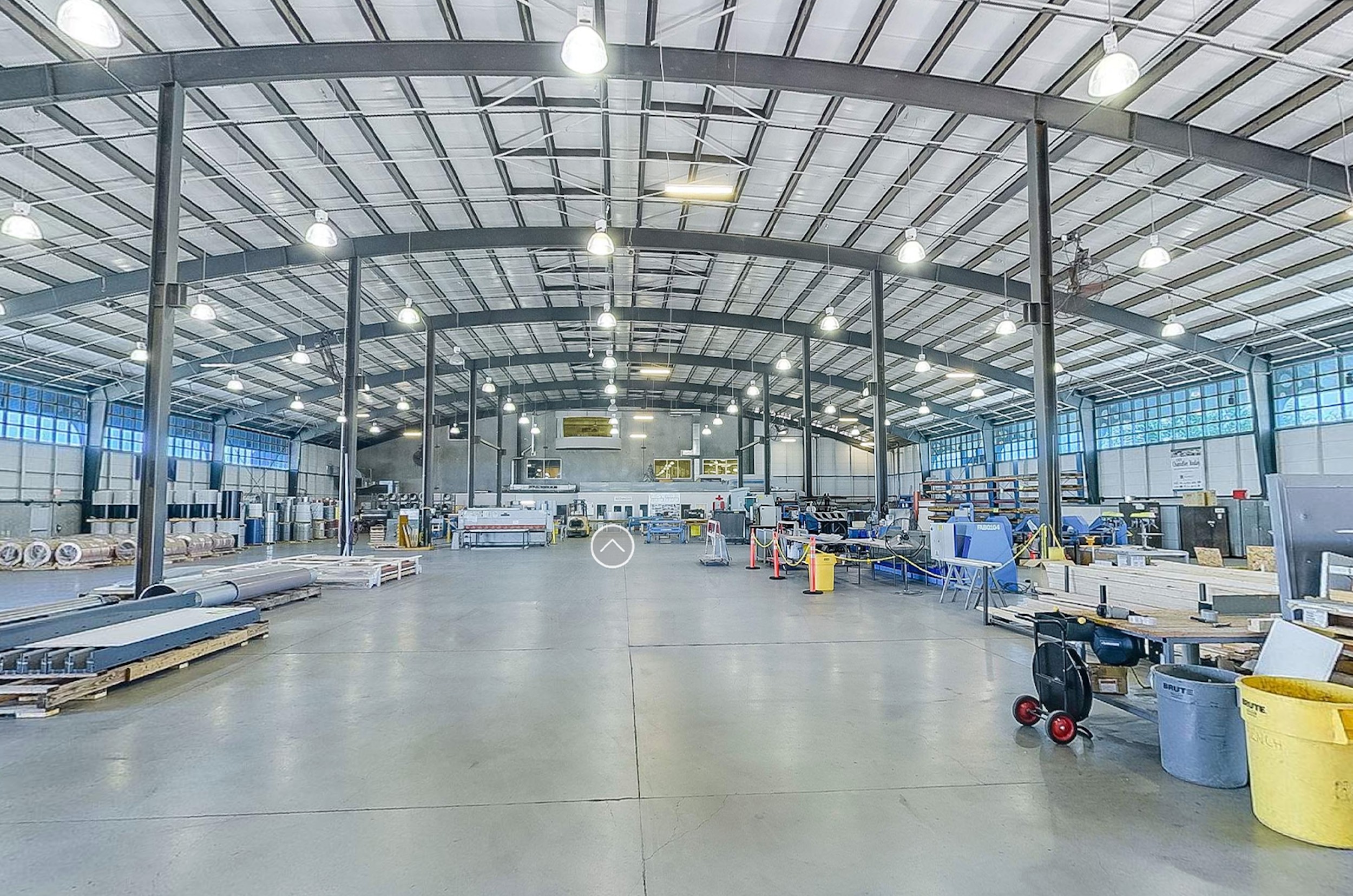The world of museums is undergoing a transformative shift, moving from static displays to dynamic, immersive experiences. A significant catalyst behind this change is the interactive 360° virtual tour. These tours aren’t just about viewing; they’re about experiencing, exploring, and engaging. Let’s dive into how they’re reshaping our historical and cultural journeys.
Revolutionizing Museum Visits:
- Expanding Global Accessibility:
- No longer limited by geography, virtual tours make it possible for someone in Tokyo to explore the Louvre or for an individual in Brazil to walk through the Smithsonian, all from the comfort of their homes.
- Tailored Learning Experiences:
- Interactive features can cater to different learning styles. Auditory learners can listen to narrations, while visual learners can zoom into high-res images or watch embedded videos.
- Augmented Reality Enhancements:
- Museums can incorporate AR within the virtual tour, allowing viewers to witness reconstructions, view artifacts in 3D, or even engage in mini-games that enhance learning.
Sustaining Museum Relevance:
- Generating Revenue Streams:
- Premium tours, memberships, or specialized virtual workshops can provide additional income for institutions.
- Data-Driven Insights:
- Track which exhibits attract the most attention or where visitors spend the most time. This data is invaluable for future curations or improvements.
Conclusion:
The blend of technology with heritage and art is not merely a fusion; it’s an evolution. Interactive 360° virtual tours are bridging the past with the present and ensuring museums remain relevant, accessible, and engaging in a digital age.







